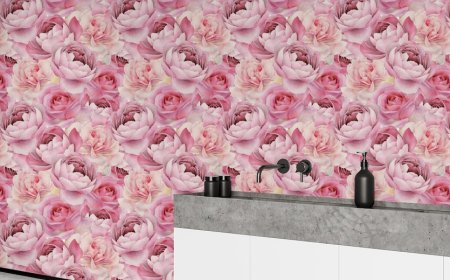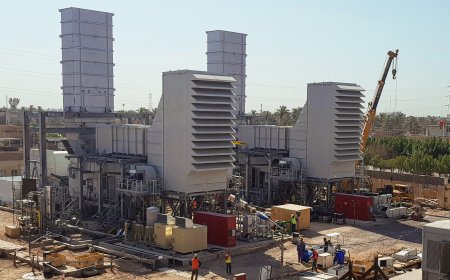Engineered Timber Flooring vs Traditional Timber Flooring: Which One Should You Choose?

When it comes to adding warmth, character, and natural beauty to your home, nothing compares to timber flooring. However, with more choices available than ever, homeowners are often faced with one key question: engineered timber flooring or traditional timber flooring which is better?
In this blog, well break down the pros and cons of each option, how they differ, and which one may be the perfect fit for your home or renovation project.
What Is Timber Flooring?
Timber flooring refers to flooring made from solid wood planks. Each plank is cut from a single piece of timber, which makes it incredibly durable and long-lasting.
Popular hardwoods used for traditional timber floors include:
-
Oak
-
Jarrah
-
Spotted Gum
-
Blackbutt
Timber floors offer a timeless aesthetic and can be sanded and refinished multiple times over their lifespan often lasting 50 years or more.
What Is Engineered Timber Flooring?
Engineered timber flooring is a modern alternative to solid wood flooring. Its made from a top layer of real hardwood (called a veneer) bonded to multiple layers of plywood or high-density fibreboard (HDF).
This layered construction gives engineered timber flooring greater structural stability, making it less likely to warp or shrink in response to humidity or temperature changes.
Key Differences Between Engineered Timber Flooring and Traditional Timber
| Feature | Engineered Timber Flooring | Traditional Timber Flooring |
|---|---|---|
| Core Material | Hardwood veneer + plywood layers | Solid timber throughout |
| Stability | Highly stable, less affected by moisture | Can warp or shrink in extreme climates |
| Installation | Floating, glue-down or nail-down | Usually nailed or glued down |
| Sanding & Refinishing | Limited (13 times max) | Multiple times over decades |
| Price | More affordable | More expensive |
| Eco-friendliness | Often uses less hardwood | Requires full hardwood planks |
Advantages of Engineered Timber Flooring
? Stability and Versatility
Thanks to its layered construction, engineered timber is more dimensionally stable, which means it's less likely to expand or contract due to changes in temperature and humidity. This makes it a great choice for basements, kitchens, or even over underfloor heating systems.
? Easy Installation
Engineered timber flooring can be installed in a variety of ways floating, glued, or nailed down. Some products even feature click-lock systems that are ideal for DIY installations.
? Cost-Effective
Because it uses less hardwood than solid timber, engineered flooring tends to be more affordable while still offering the same luxurious look and feel of real wood.
Advantages of Traditional Timber Flooring
? Longevity and Durability
Solid timber floors are known for their incredible lifespan. With proper care, they can last for generations and be sanded and refinished numerous times to restore their original beauty.
? Natural Look and Feel
Nothing beats the authenticity and texture of a solid hardwood plank underfoot. Each board is unique, with natural knots and grains that give a room genuine character.
Which One Should You Choose?
The decision between engineered timber flooring and solid timber flooring depends on your needs, budget, and where in the house the flooring will be installed.
Choose Engineered Timber Flooring If:
-
You want a cost-effective option with a real wood finish
-
Youre installing flooring in areas with moisture or temperature fluctuations
-
You want quicker and easier installation
Choose Traditional Timber Flooring If:
-
You prefer long-term investment and classic hardwood charm
-
You plan to refinish the floors multiple times
-
Your home environment is stable and low-humidity
Final Thoughts
Both engineered timber flooring and traditional timber flooring have their own unique benefits. Engineered flooring offers flexibility, cost-efficiency, and modern convenience, while solid timber delivers timeless durability and natural elegance.
If you're building or renovating, consult with a flooring expert to determine which option best suits your lifestyle and design goals. Either way, with timber under your feet, your home is guaranteed to feel warmer, more natural, and beautifully inviting.
































